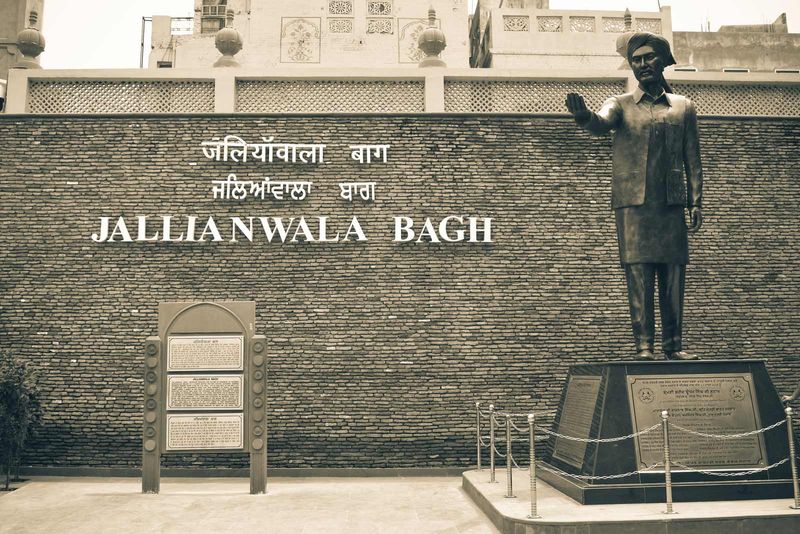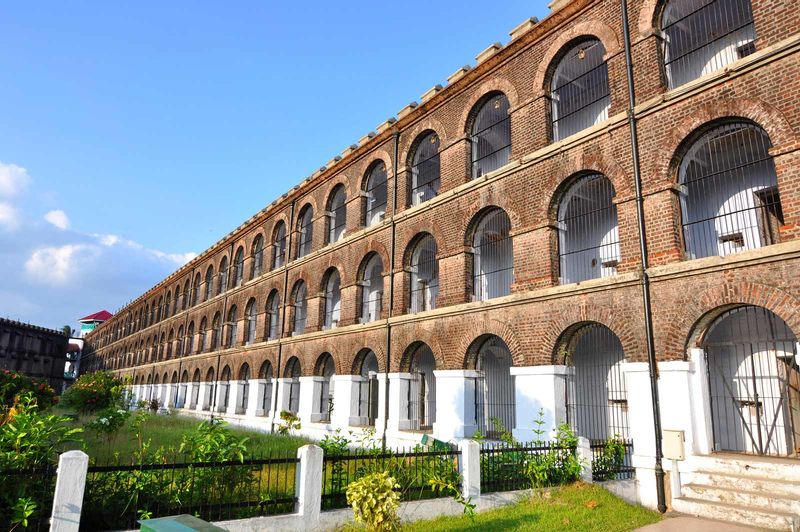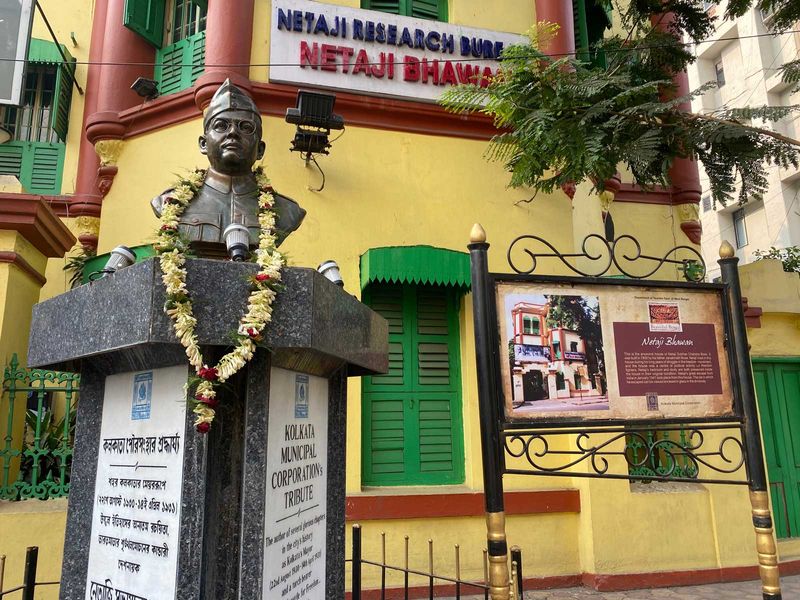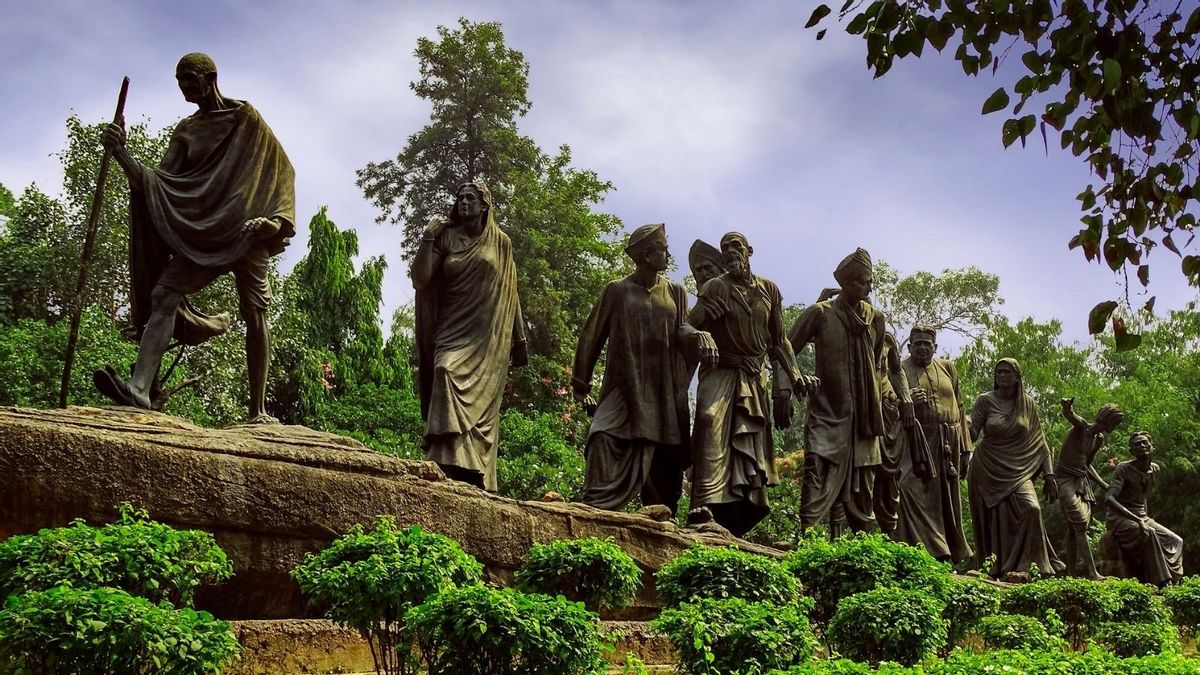The long and arduous fight for India’s freedom from the British Raj was spread across the length and breadth of the country. While some cities and towns birthed these revolutions and freedom fighters, others became hotbeds of uprisings, protests and shelters for lawbreakers. Many of these are known and popular, others not as much.
Today, the importance of these cities is relegated only to history textbooks in schools but they all deserve credit for their role in the Indian freedom movement.
On India’s 75th Independence Day, we want you to look beyond Instagram-worthy locations to appreciate and cherish the revolutionary roads of India’s past. Here are seven destinations that have played a key role in the Indian freedom movement.
1. Bombay (now Mumbai), Maharashtra

When you think of Mumbai, its role in the freedom movement is often missed. However, the port city boasts of a deep involvement in leading the resistance against the British. It was at Mani Bhavan in Mumbai where Mahatma Gandhi lived for 17 years preaching his tenets of non-violence and aggregating free India’s first policymakers. Today, Mani Bhavan is a museum where you can read his correspondence with world leaders, portraits, and even the charkha on which he spun yarn for khadi.
Gowalia Tank, now known as the August Kranti Maidan in Mumbai, is where the Quit India Movement was flagged off. It was here that Mahatma Gandhi, on August 8, 1942, called upon his countrymen to launch the Quit India Movement.
That’s not all! Salt collected in the local salt marches as a part of Gandhi’s Salt Satyagraha was auctioned off in the Bombay Stock Exchange. Another building of significance in Mumbai is the Imperial Cinema, one of the oldest theatres in the city, where Muhammad Ali Jinnah met Gandhi for the first time.
2. Dandi, Gujarat

When the British levied a staggering 2400 percent tax on salt, Mahatma Gandhi decided to protest in his signature style – non-violent and peaceful. He started out with 79 protestors and along the way to Dandi, thousands of Indians joined him—it is now known as the Salt Satyagraha. Gandhi walked 390 kilometers from Sabarmati Ashram to Dandi over 24 days, where he took a handful of salt as the ultimate message of defiance against the British as India’s cry for independence resounded through the world. The Salt Satyagraha Memorial in Dandi is the perfect place to pay homage to the movement. The Dandi beach is also among the cleanest beaches in the country and makes for a great picnic spot.
3. Amritsar, Punjab

Amritsar is synonymous with the Golden Temple. There is nothing like strolling around the beautiful and serene gurudwara and sitting down for a communal meal from the temple's massive, volunteer-run kitchen. However, Amritsar also holds a dark and important place in India’s struggle for freedom. Jallianwala Bagh was the scene of the infamous massacre ordered by General Reginald Dyer on April 13, 1919, on locals who had gathered for a peaceful protest demanding the release of imprisoned leaders of the Indian Independence Movement. The public garden at the site memorialises the estimated 1,500 people who were killed or injured when British soldiers open fired. The bullet holes from that day are still preserved on the walls and will give you goosebumps.
4. Andaman & Nicobar Islands

The pristine beaches aside, Andaman & Nicobar Islands are also home to Cellular Jail, one of the most historically significant monuments in India. It was here that the British officers used to send prisoners for exile. The walls here hold many tales of the valiant freedom fighters and prisoners who withstood torment in the cells. The Cellular Jail, also called Kala Pani (black water in Hindi), was considered the highest form of punishment not only for the physical torture but also for being cut off from the family. Inmates here included Batukeshwar Dutt, Vinayak Damodar Savarkar and Bhagat Singh among others. A gallery here is dedicated to photos and tales of the hardships faced by the brave soldiers and a library on the first floor has numerous books related to the freedom movement. There is also a sound and light show depicting the saga of the heroic freedom struggle.
5. Lucknow, Uttar Pradesh

The city of nawabs had an extensive tryst with the freedom movement. Lucknow Residency, , was constructed in the last quarter of the 18th century. The complex was home to over 3000 British residents during the Indian Rebellion of 1857. The British defended the Residency for as long as they could before they abandoned their posts and evacuated. Currently, the Residency is adorned with gorgeous gardens and lawns.
Half an hour away from Lucknow is Kakori, which is at the heart of the daring train robbery when freedom fighters, Ram Prasad Bismil and Ashfaqullah Khan, looted the government treasury from the Number 8 down train travelling from Shahjahanpur to Lucknow. The duo was arrested and sentenced to be hanged. Since then Kakori has been popular as the land of the Kakori conspiracy. The Kakori Memorial building holds busts of the martyrs of the conspiracy. Mangoes, the eponymous kakori kebabs, zardozi and chikankari work are some of the other attractions of this region.
6. Kolkata, West Bengal

The land of Rabindra Sangeet was always the hotbed of activity throughout the Indian independence movement. Creative minds, leaders and revolutionaries hatched various plans and strategies to free India from the British. Netaji Bhawan in Kolkata is an apt place to start this journey for history-minded folks. Apart from being Netaji Subhash Chandra Bose’s childhood home, it was also from where he escaped house arrest and fled to Berlin. Today it is a museum housing articles, documents and photographs that chronicle Netaji's life. The piece de résistance here is the car that Netaji used for his daring escape. Other unique items include postage stamps, German military documents translated into Hindi and Azad Hind journals.
Arya Samaj temple in Kolkata is also worth a visit as it was here that freedom fighter Bhagat Singh took refuge after killing John P Saunders, a British police officer in 1928. A plaque on the main entrance here describes how Singh created bombs and weapons while hiding inside.
7. Jhansi, Uttar Pradesh

Located in the heart of Bundelkhand, Jhansi is where Rani Lakshmi Bai, Tantya Tope and Nana Sahib planned the Sepoy Mutiny of 1857. The beautifully preserved Rani Mahal here is one of the most interesting tourist spots in Jhansi. Another gem is Jhansi Fort perched on Bangara Hill. Armed with 10 gates and spread over 20 hectares this colossal structure withstood heavy bombardment by the British forces for 17 days before it fell. Lakshmi Bai escaped and led her forces to capture the fort in Gwalior, where she finally succumbed in the battle and the British regained control of the Gwalior fort. The Government Museum here is studded with paintings, weapons, manuscripts, sculptures and statues that date back to the Chandela and the Gupta dynasty.





